Conformity, Group Influence, and the Shaping of Personal Behavior
VerifiedAdded on 2023/01/13
|7
|1673
|99
Report
AI Summary
This report delves into the psychological concept of conformity and the influence of groups on individual behavior. The paper begins by defining conformity and highlighting key factors such as group size, unanimity, and group cohesion. It then explores how these factors, along with elements like gender and culture, impact an individual's tendency to conform. The core of the report involves a critical reflection on the author's own life, providing concrete examples to illustrate how their behavior and decision-making are shaped by the presence and influence of others, including instances of deindividuation, group shift, and groupthink. The paper also examines the author's self-concept and how it is established through external and internal influences. Finally, the report discusses how the author has resisted conformity in the past and plans to do so in the future, concluding with the importance of strong personal values and critical self-assessment to navigate social pressures. The report follows APA format and includes a reference list.
1 out of 7
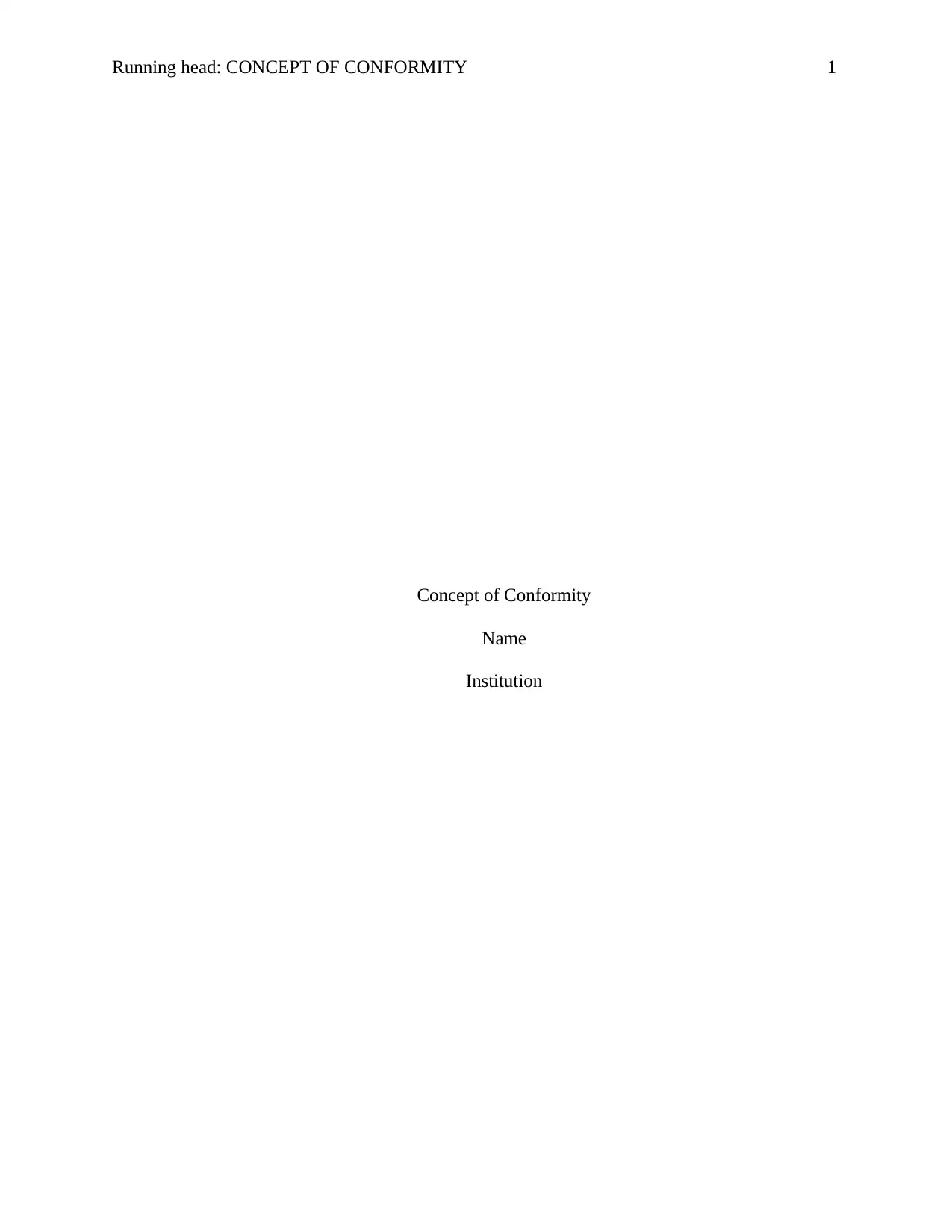
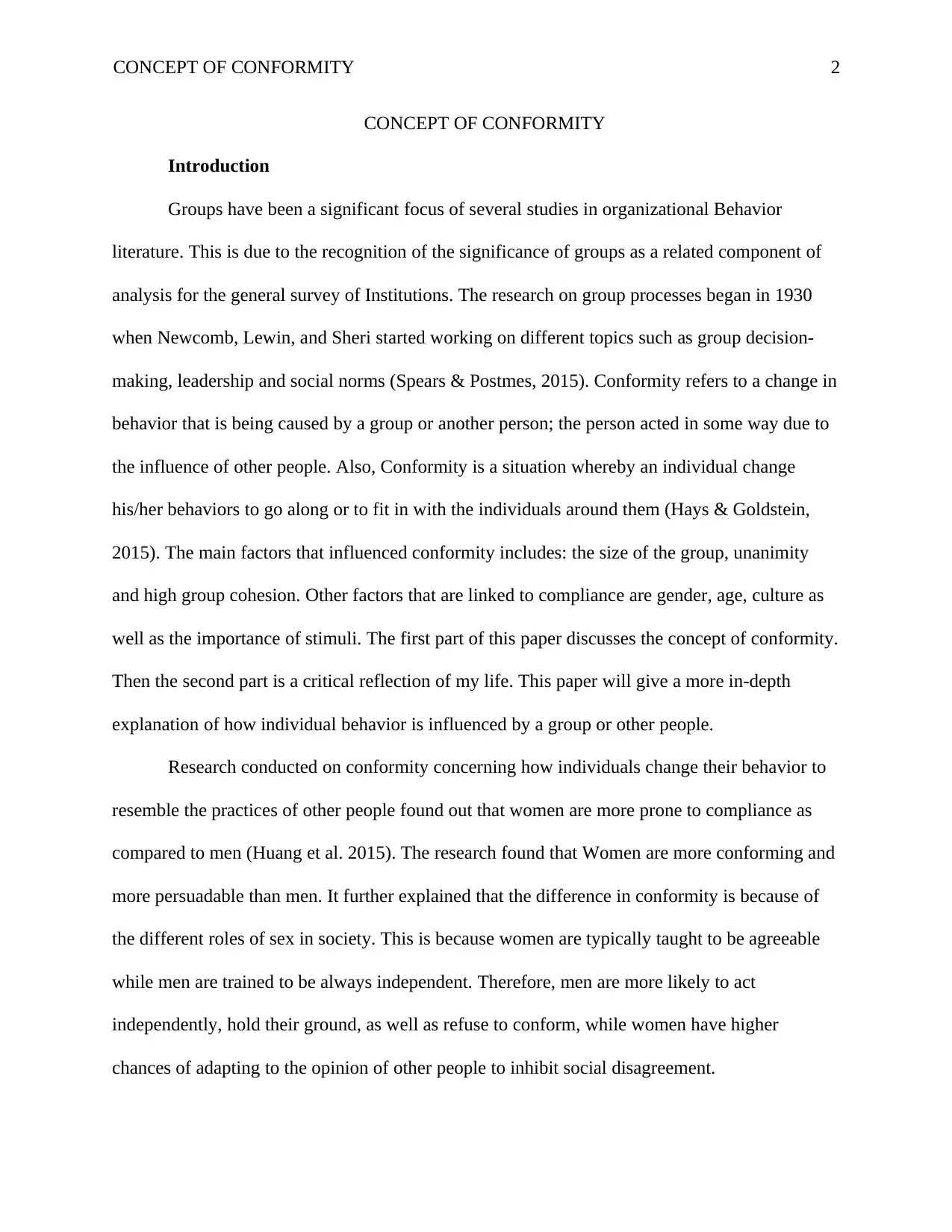
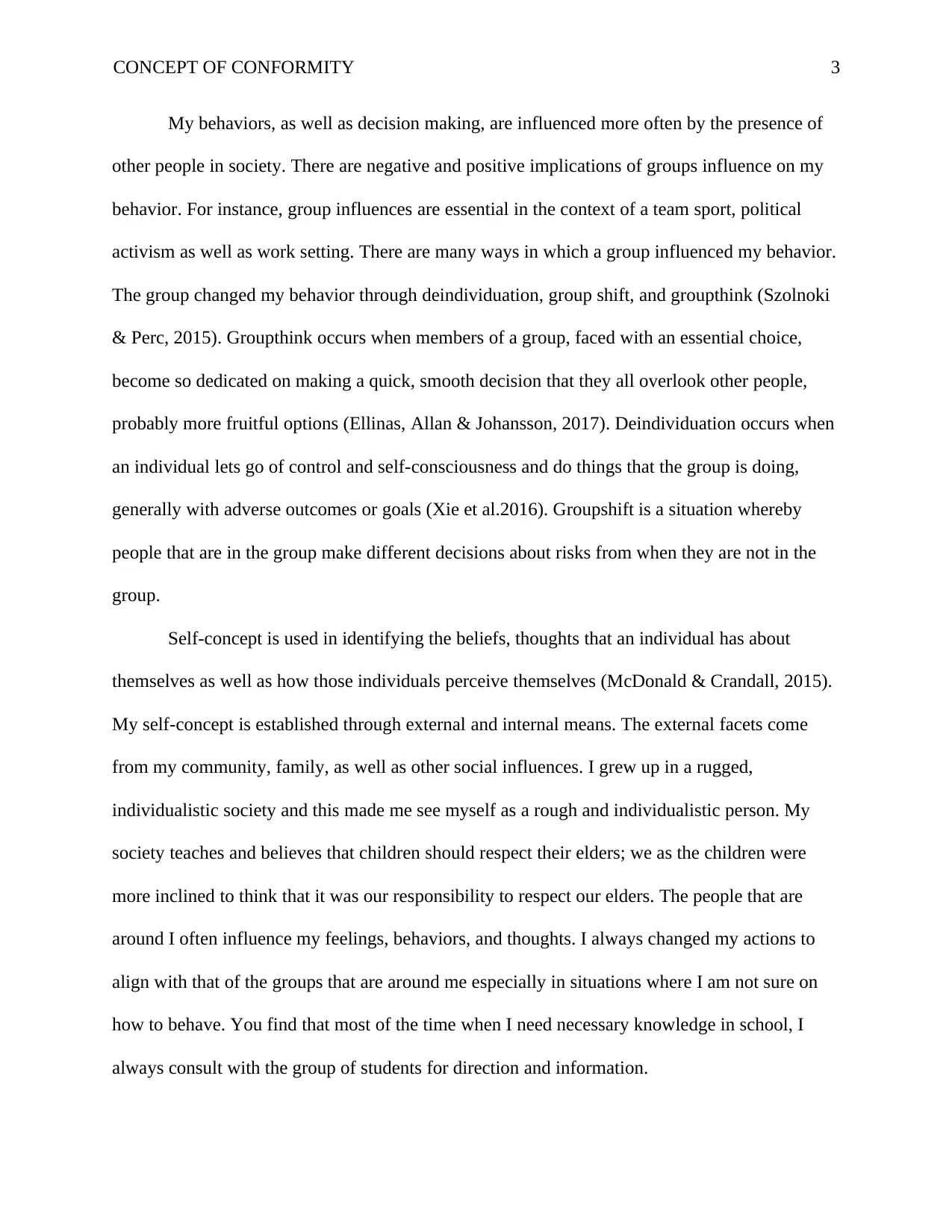
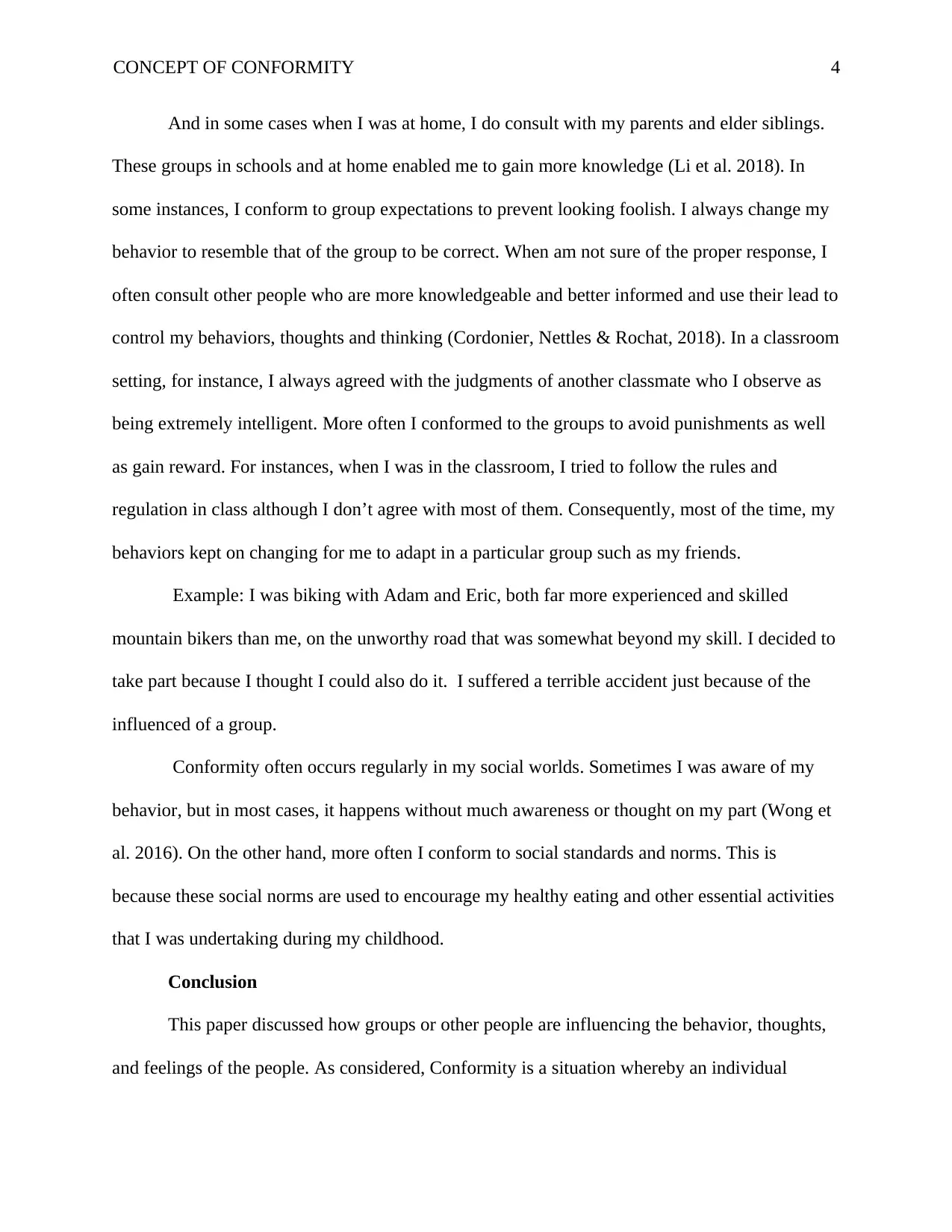
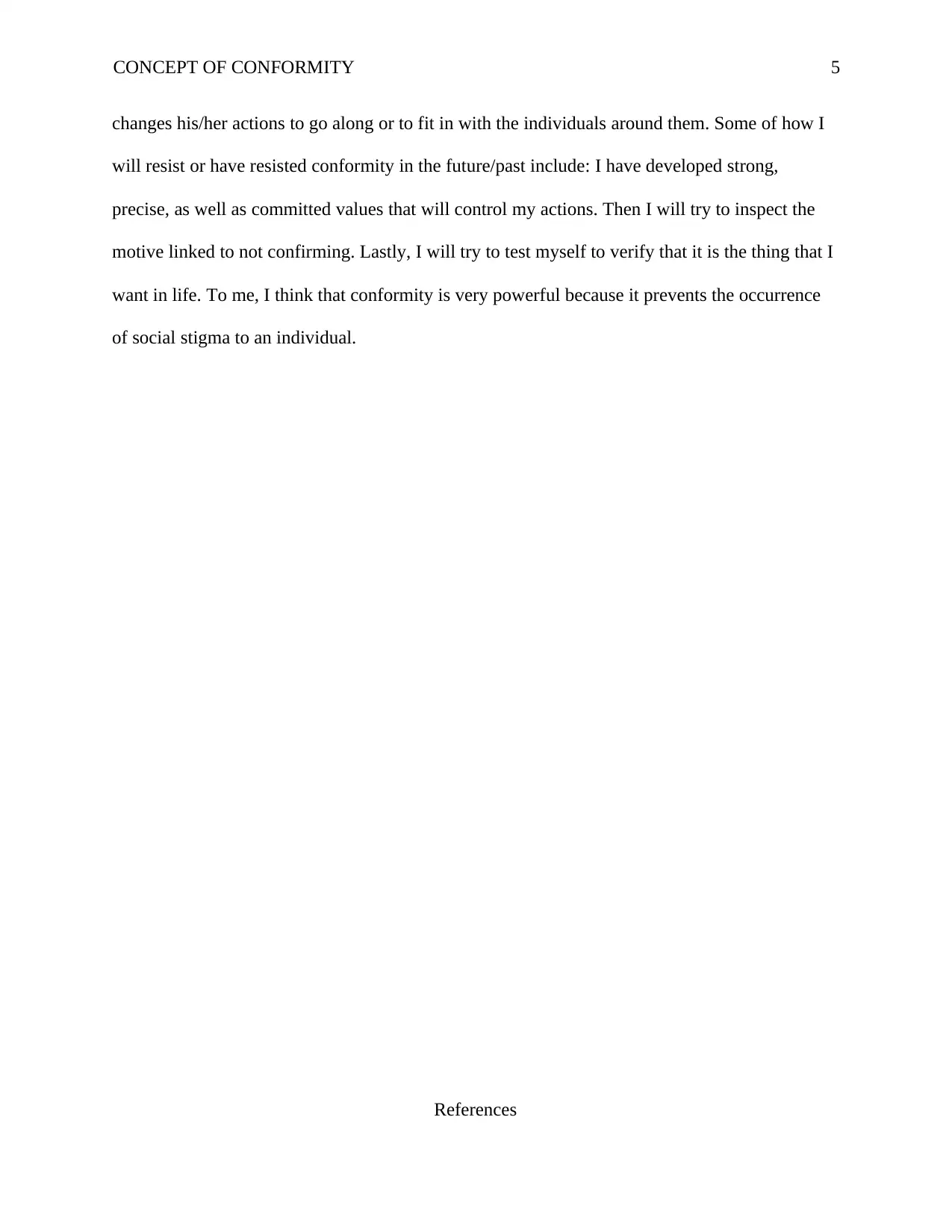
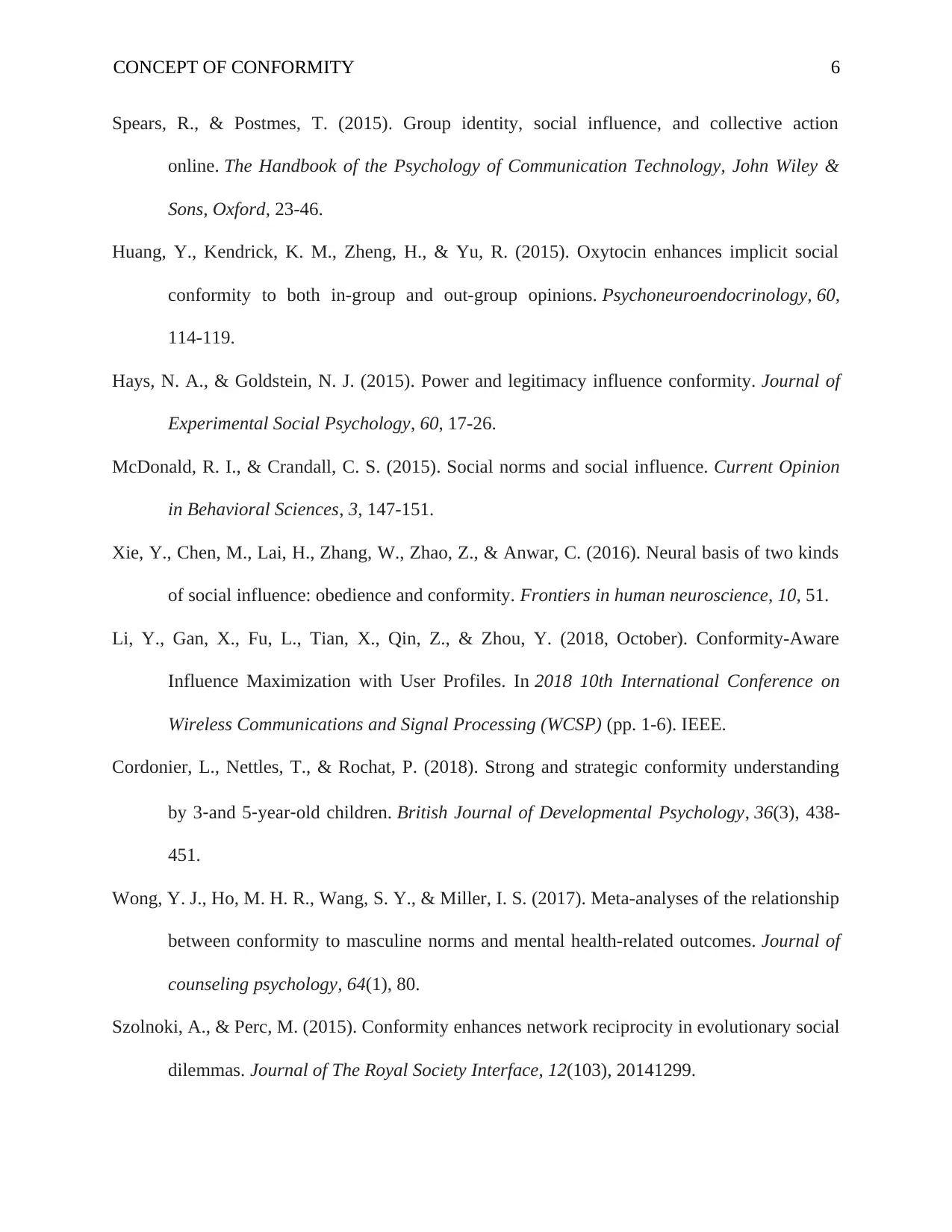
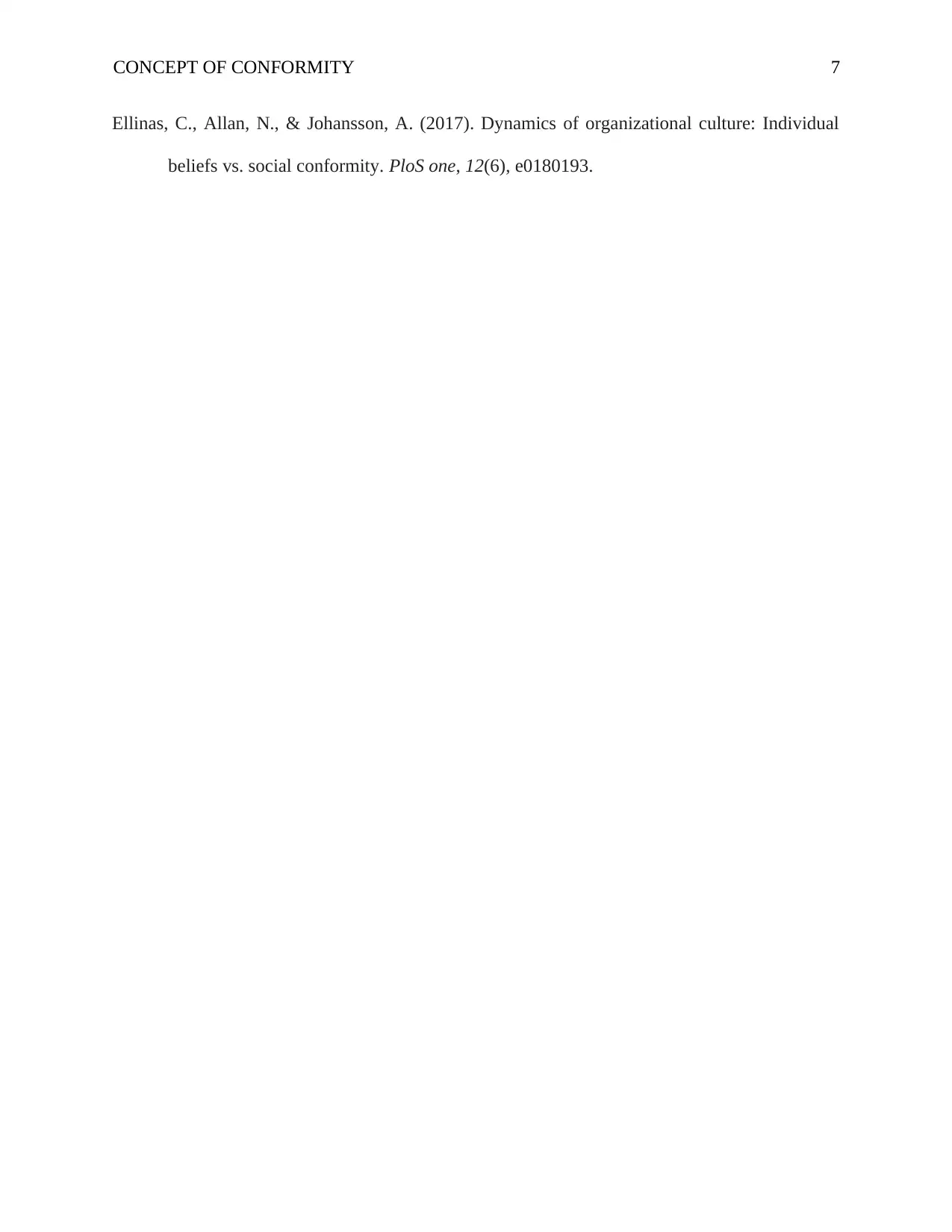






![[object Object]](/_next/static/media/star-bottom.7253800d.svg)